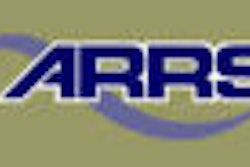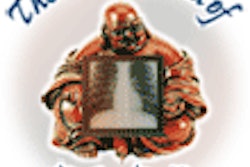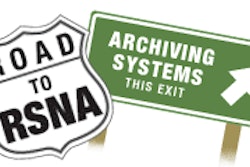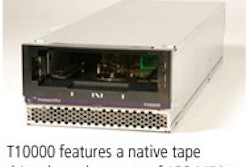AUSTIN, TX - Adding digital "dashboard" functionality to a PACS network can improve efficiency and productivity for radiology departments, allowing for real-time, informed decision-making, according to research from the University of Pittsburgh Health Systems.
"It's about people making better decisions that preserve (radiologists') added value to the system, and hopefully ensure better patient care," said Dr. Matthew Morgan. Morgan presented his team's findings at this week's Society for Computer Applications in Radiology (SCAR) annual meeting.
To aid in navigating a complex PACS environment, the university researchers developed a clinical dashboard system that offered integration of multiple systems and preemptive monitoring capability.
"Radiologists need a system to monitor all of the systems," he said. "We're at the point where we need a metasystem."
The dashboard is essentially an ActiveX control embedded into the HTML that overlays the PACS software, providing integrated display of multiple systems in a single interface. To evaluate the effect of the dashboard, the researchers studied the system's impact on delinquent uninterpreted/undictated cases.
One issue with report signing is that radiologists are unaware of the status of transcription, and periodically leave the PACS to launch the RIS application to sign reports, he said. This can lead to batch-signing behavior.
The PACS dashboard monitors the RIS, however, using a traffic light color-coded indicator. A green signal means that no reports need to be signed, yellow means that there's one or more. More than 20 unread reports trigger a red signal, which will also blink if more than 30 reports need to be signed, Morgan said.
Believing that the integrated dashboard would offer improvements, the researchers performed three periods of data collection (a predashboard period, a period with availability of a report ticker, and a period with actionable dashboard integration) between April 2003 and December 2005.
The study team recorded RIS time stamps on more than 1.7 million distinct exams, and calculated the average time between the completion of transcription and report signing. The average turnaround time was normalized for each radiologist.
The predashboard period average time to report signing was 22.5 hours; availability of the report ticker led to an average time to report signing of 24.3 hours. With the integrated dashboard, average time to report signing was 17.7 hours, a 24% reduction.
"Showing the count (of unsigned studies) is not enough; giving radiologists that information without helping them to do it easily apparently was not enough," Morgan said. "It was critical to reduce the barrier to make it easy to do the right thing."
The next problem they looked at was that of delinquent dictations -- those delayed by more than 72 hours. The causes range from exams "punted" over the weekend, to misrouted exams, or "false" dictations in which a dictation is started but not completed or when one case is forgotten in a multiple-exam dictation, he said.
The traditional solution to this problem would be transcriptionist-dependent and paper-based, and utilize post-hoc/batch-mode reports, Morgan said. A dashboard solution, however, places the PACS administrator in charge and creates divisional alerts in the dashboard. The whole division sees the alert, and can link directly to the delinquent exam, he said.
To test whether the dashboard alert can reduce the number of delinquent exams and their time to resolution, the researchers studied a period of three months before and after implementation. The PACS administrator logged all delinquent exams during the periods.
The prevalence of delinquent exams were 49/33,077 (0.15%) in the preimplementation period, and zero afterward. The average time for resolution of false dictation status declined from 13.6 days before the dashboard to 2.8 days.
"(The dashboard) basically reduced the lifespan of these types of reports, and therefore, reduced their prevalence," Morgan said. "It basically supplied all of the radiologists in the division with a queue, and therefore it became preemptive. Like a real dashboard, something that allows you to take action at a time where it's going to most useful."
By Erik L. Ridley
AuntMinnie.com staff writer
April 28, 2006
Related Reading
Part IX: Exploring PACS Secrets -- How to Fix DICOM, April 20, 2006
Defining PACS policies and procedures, April 19, 2006
Part VIII: Exploring PACS Secrets: It's broke -- Fix it, April 6, 2006
Workflow analysis yields process improvements, March 17, 2006
Digital dashboard eases radiology IT operation, March 16, 2006
Copyright © 2006 AuntMinnie.com



















